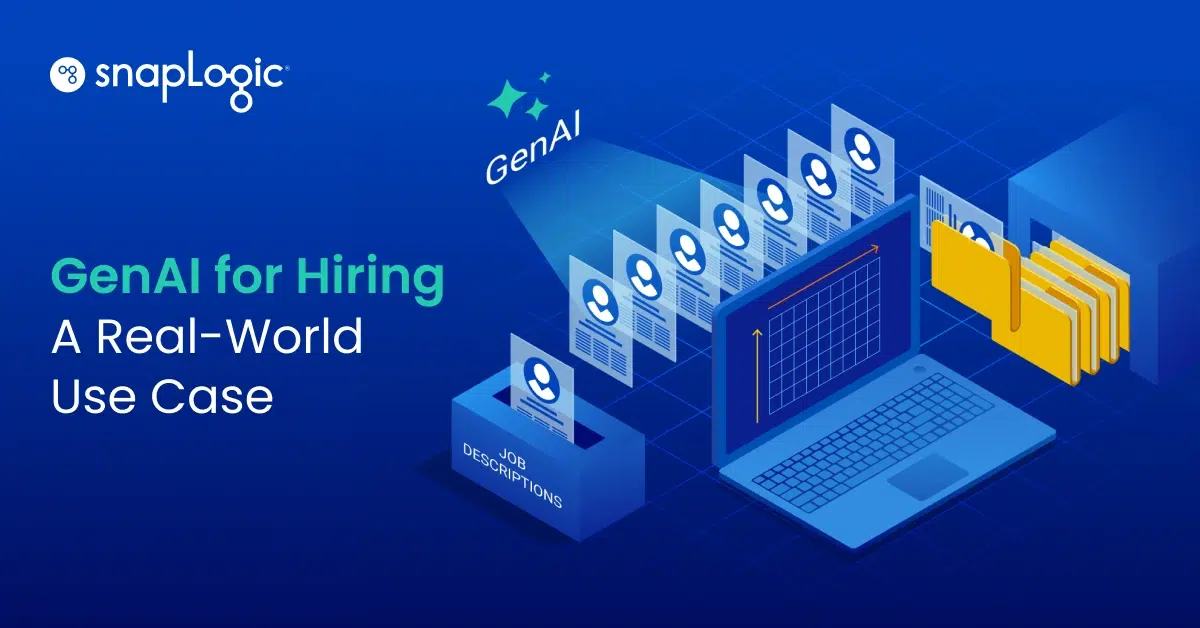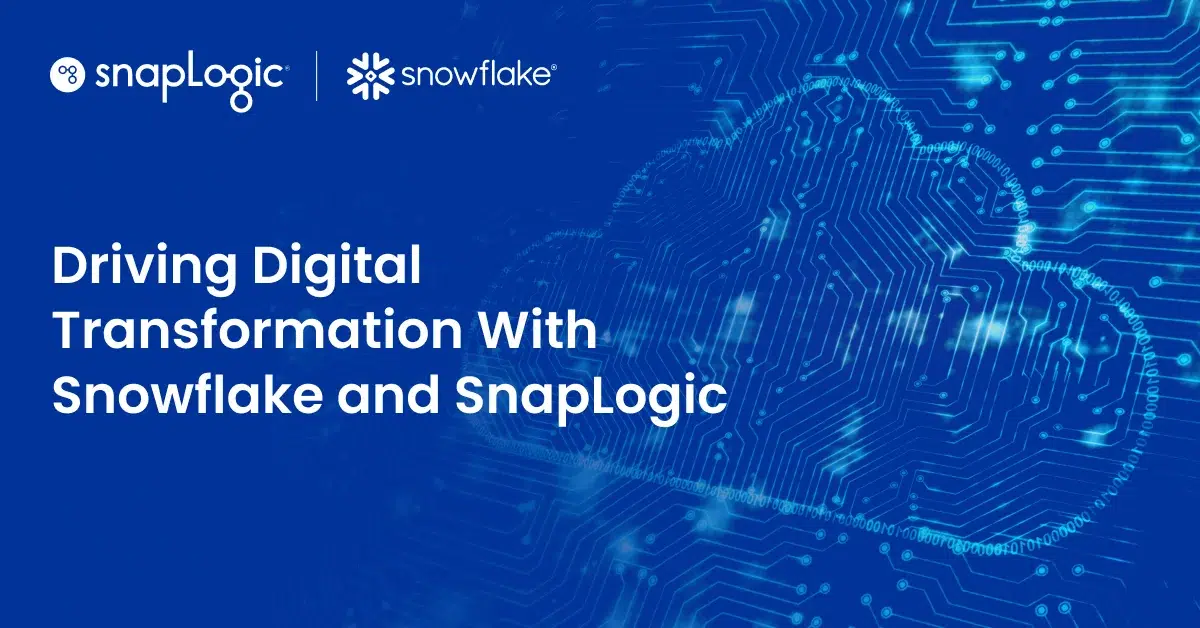Orginially published on hrzone.com
AI and analytics tools are only as good as the data they can access, so in order to make the best use of these, HR teams need to ensure that they have the right data integration strategy in place.
Data is changing the world, but today’s enterprises remain inundated with an ever-rising tide of data generated by products, customers, partners, and business ecosystems.
Successful organizations in this digital age are those that have found a way to harness it in order to drive operational efficiencies, better serve customers, tap new market opportunities, and gain competitive advantage.
Despite this, not all business functions have progressed swiftly in their usage of data. HR is a case in point.
Depending on how digitally mature a company is, data-driven decision-making can be adopted by HR for great results.
People-driven AI
Data, and the technologies which support it, can be incredibly useful to help address the function’s most tenacious challenges around identifying, recruiting, developing, and retaining the right people.
Advanced analytics and AI technologies are being used across industries and different business functions to make sense of organizational data. The same technology can also be harnessed to revolutionize the way HR teams search for job candidates and even how they can encourage at-work productivity and efficiency.
Data is already being used to optimize recruiting and hiring in organizations. For example, talent acquisition software can quickly scan and read CVs and covering letters, pulling out keywords and eliminating those without the right pre-requisites, such as a specific degree at university.
Yes, it would be ideal if there were enough time in the day to go through every CV, but using technology to sift through data about candidates frees up more time for other important jobs.
Progressive HR teams are taking this a step further. To address long-term talent acquisition needs – for example, finding candidates who have the sought-after skill sets that will be needed five to ten years from now to meet future business goals – organizations are tapping artificial intelligence and machine learning.
This allows them to acquire important talent supply and demand insights from hundreds of data sources so that they can source potential candidates, wherever they may be, for specific jobs the company will have a high demand for in the future.
AI for employee retention
Hiring the right employee is one thing, but keeping them is quite another. Anyone working in HR knows one of the biggest problems in the industry is employee retention.
According to a recent study, 60% of teams confirm retention is a huge issue. From onboarding to training and long-term employee engagement, data and AI can help.
AI programs do exist that analyze everything about an employee when they start and discern with a high level of accuracy whether they’re likely to leave or not. This is based on many things including their work habits, career breaks, what degree they achieved, educational attainment, and previous jobs held.
It can be especially tricky retaining employees in the first few months. Perhaps the job wasn’t advertised properly or there wasn’t enough support for the new employee. AI and analytics tools can process different data sets to compare and analyze what works best – is a new orientation process working, for example, or is it turning people off?
In addition, AI can use data to measure things like keystroke speed and time spent on slides, enabling it to work out how interested someone is in training presentation modules and even recommend how individual employees might learn best.
Three steps to HR transformation
Perhaps paradoxically, the number one challenge HR team’s face when trying to digitally transform themselves is the access to data itself.
Analytics and AI tools are only as good as the data they can address, so if HR data is inaccurate, inconsistent, hard to access, and distributed across multiple data and application silos, the first step toward a more digitally-savvy HR function is data integration.
The right data integration tools put the power into HR professionals’ hands, allowing them to bring together all the relevant data required to make informed, strategic decisions.
Even in an environment in which investment in data and application integration is not a business or IT priority, human resources organizations can take steps to disrupt the function and start transforming it into the HR of tomorrow.
Self-service data integration tools that can be used easily by HR professionals, without IT intervention, can help address three fundamental goals that will put HR on the path to digital transformation.
- Automate repetitive processes
The employee lifecycle comprises a large group of standard processes – from employee onboarding to performance management, for example – which are repeated continuously.Poor data and application integration keeps these processes manual, draining HR productivity. Data integration can allow important processes throughout the employee lifecycle to be automated, without IT resources. - Unify the data from HR applications
By unlocking and unifying the data that is siloed in different applications, HR can rest assured they’re working with complete and consistent information and will be fully empowered to demon¬strate data-driven decision-making.HR professionals can use modern integration technology to get timely, unified people analytics across every employee and related system of record, without manual effort. - Spend on innovation, not manual integration
Integration is one of the most-cited challenges in HCM deployments, with 30-50% of the application implementation typically devoted to integration.Modern data integration technology allows HR spend to be shifted away from tedious, manual application and system integration, to activities that drive innovation across HR and the business overall.
By executing on these goals, the HR function becomes strategic to the business, freeing up HR leaders to focus on strategic initiatives, allowing employees and teams to do their best work, and aligning the entire organization around the strategies and activities that will drive data-driven transformation.











